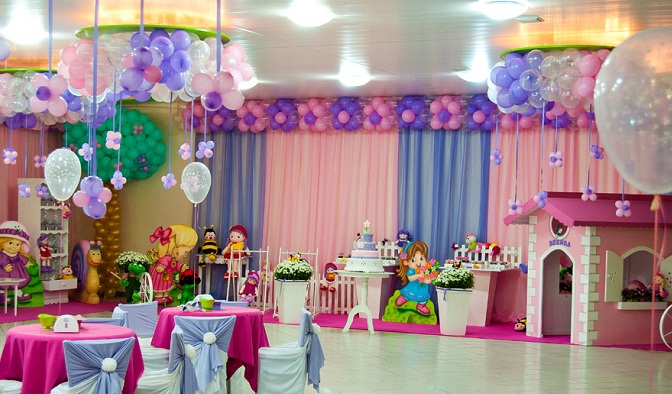Metals and various alloys are commonly used for cage. Metal can be used for hinges, padlocks, screws, frame and wires. Some bird toys and items in our house could also be made from metal. In general, birds have higher sensitivity to toxins due to the presence of gizzard in their digestive system, small size, unique respiratory system, more delicate skin and faster metabolism. For this reason, bird owners shouldn’t allow metal objects placed near birds, because they can release toxins and cause physical obstructions. Many birds have natural curiosity to taste and chew objects in their cages, which increases risks of poisoning. Toxins from heavy metals could be deposited in feathers, muscle tissue, bones and brain. The prolonged accumulation could cause specific signs of illness in different organs.
Paints used on the bird cages could also contain specific amount of metal. Low quality paints could flake easily and the tiny debris could enter the small food container and ingested by birds. Flaked paints could also cause cage to rust, which further increases risks of metal toxicity. At the moment, there’s no reliable standard to measure metal toxicity on birds.
1. Lead
lead could be found on alloys and paint of the cage. This metal can be particularly dangerous for birds that naturally chew on everything. If the paint and cage material contains lead, the possibility of metal poisoning can be substantially higher. Signs of lead poisoning on birds may include subdued behaviours and total shut down.
2. Zinc
Zinc is an essential trace element for any living vertebrae, because it can improve enzymatic activity. Zinc can be used on the bird toys, cage wires and galvanization of cage components. Zinc coating can produce silvery color and protect the cage from oxidation. However, zinc can be very toxic to smaller birds.

3. Copper
Copper is another trace element that’s needed for formation of haemoglobin in human and many animal species, including birds. It is relatively soft and can be used for decorative elements of cage. However, prolonged exposure to oxidized copper can be toxic for birds, especially if copper container is used to store slightly acidic bird food.
4. Brass
Brass is essential an alloy of zinc and copper and often used for cage padlocks. There are some documented cases of brass poisoning, especially if birds regularly chew the small padlocks.
5. Nickel
Nickel could cause moderate risk of poisoning in birds. The metal is also considered as a typical allergen for human and may cause dermatitis on some people. Nickel can be used as plating in the cage to prevent corrosion of copper and iron. It is important to see whether the cage has nickel-plating and we should replace it regularly. Nickel plating may eventually chip and cause oxidation of the underlying metal.
6. Tin
Tin is a soft metal and often considered as less toxic. However, salts derived from tin are quite toxic for animals. This happens if tin surface of the cage is exposed to slightly acidic food and it begin to slowly produce small amount of salts.
